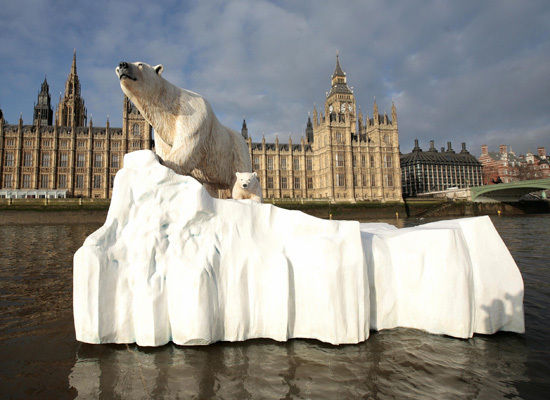A well written and highly engaging book, Adapt questions why organisations and individuals fail to change as their circumstances shift. It debunks conventional wisdom that leaders with big visions and authorities and experts armed with data can chart a successful way forward for the rest of us.
Life it seems is too complicated and inter-connected to rely on giant leaps forward to bring lasting solutions. We just need to look at the range of current world issues to see the truth in this - the Afghanistan War, Climate Change, the Global Financial Crisis, #Hackgate in the UK etc. There are no simple strategies for any of these issues and if ever there were silver bullets, we fired them off long ago.
Life it seems is too complicated and inter-connected to rely on giant leaps forward to bring lasting solutions. We just need to look at the range of current world issues to see the truth in this - the Afghanistan War, Climate Change, the Global Financial Crisis, #Hackgate in the UK etc. There are no simple strategies for any of these issues and if ever there were silver bullets, we fired them off long ago.
Adapt suggests we learn from how species of life have evolved over millions of years. Change has been gradual with slow and steady adaptation and continuous experimentation. Obviously we have not got the luxury of waiting that long but what we should do is take baby steps rather giant strides and learn from the failures which will invariably confront us.
Although not specifically written for PR and marketing professionals, Adapt holds valuable insights for communicators. Perhaps we can earn success by following the advice of early Communist-era engineer, Peter Palchinsky. After studying in Russia and abroad, Palchinsky determined the best way to innovate and change is to:
- Continually seek out new ideas and try new things.
- Introduce scaled change so when new ideas fail - as they often will - our organisations will survive.
- Learn from mistakes and continually and consciously adjust and improve.
It is difficult to change the communications patterns of large or well entrenched organisations. Often they are entrapped within their status quo. When they try big changes and fall short, those who fear innovation and draw comfort from the familiar are exonerated. But not to change as the world turns, puts us on a pathway to perish.
The value of this book is to offer up a framework to try new things, progressively learn and build from our mistakes and settle for gradual, sustained improvement over spectacular advances that too often end in costly failure.




